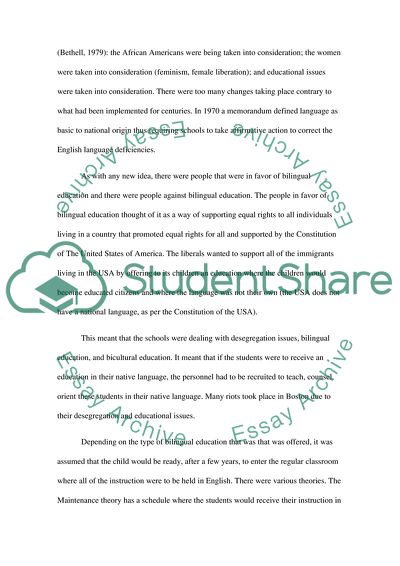Cite this document
(Bilingual Education Issues Case Study Example | Topics and Well Written Essays - 1750 words - 2, n.d.)
Bilingual Education Issues Case Study Example | Topics and Well Written Essays - 1750 words - 2. https://studentshare.org/education/1730525-bilingual-education
Bilingual Education Issues Case Study Example | Topics and Well Written Essays - 1750 words - 2. https://studentshare.org/education/1730525-bilingual-education
(Bilingual Education Issues Case Study Example | Topics and Well Written Essays - 1750 Words - 2)
Bilingual Education Issues Case Study Example | Topics and Well Written Essays - 1750 Words - 2. https://studentshare.org/education/1730525-bilingual-education.
Bilingual Education Issues Case Study Example | Topics and Well Written Essays - 1750 Words - 2. https://studentshare.org/education/1730525-bilingual-education.
“Bilingual Education Issues Case Study Example | Topics and Well Written Essays - 1750 Words - 2”. https://studentshare.org/education/1730525-bilingual-education.


